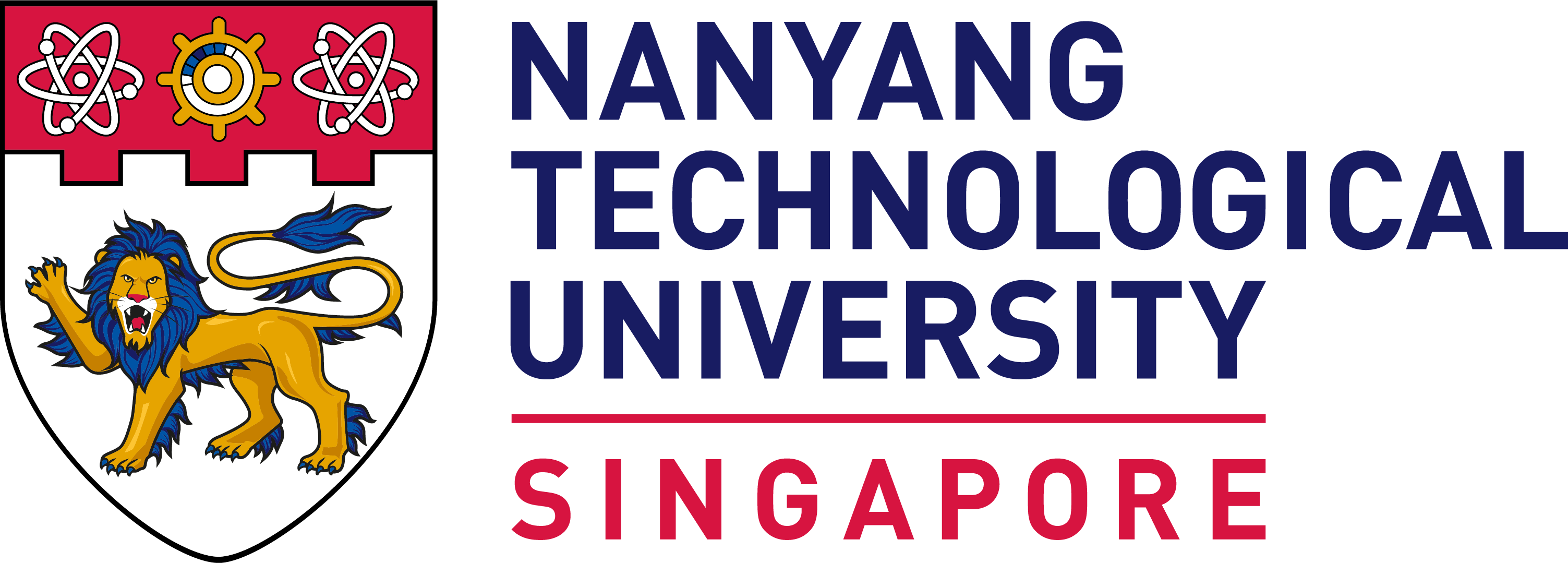Challenging Artificial Photosynthesis of Solar Fuels

Abstract
Artificial photosynthesis of solar fuels has been regarded a “holy grail of science” but is a highly challenging research topic. In this talk, I will present out research prograss in the development of stable visible light absorbing double peroskite oxide semiconductors for photocataltyic hydrogen evoltution and oxygen evolution reactions; the strategies for efficient separation of photogenerated charges, including semiconductor phase junction for efficient charge separation, crystal facet charge separation, and ferroelectric charge separration; and reactive oxygen species (ROS) mediated funcctional role of composite cocatalyst RhCrOx. Though tremendous understanding, novel materials and strategies have been developed in terms of science and technology, however, it is still far from industrial application to solve the global energy problems. Hence, it is suggested that these existing photocatalysis and photoelectrocatalysis may be applied to some more reliable research orintations, such as organic synthesis or health treatment. On the other hand, liquid sunshine approch, or more broadly power to X, may be more practical and ideal to solve the global energy problems, mitigating the decarbonization of hard-to-abate industrial sectors. In this regard, I will introduce our recent work in the development of acid stable and efficient low-Iridium and non-iridium based oxygen evolution catalysts for PEM water electrolysis, which is a key component of Liquid sunshine or power to X approach to generate green hydrogen.
Biography
Prof. Hongxian Han obtained his PhD degree at the University of New South Wales, Australia, in 2003. After graduation, he went to the University of Nebraska-Lincoln for a short period of postdoc, followed by postoc/research scientist position in Physical Biosciences Division, Lawarence Berkeley National Laboratory (2003-2009). Since 2009, He has been a professor at State Key Laboratory of Catalysis, Dalian Institute of Chemical Physics, Chinese Academy of Science, mainly working on artificial photosynthesis of solar fuels. In Sep. 2024, he moved to his home university-Yanbian University to establish a new energy and resource catalytic conversion laboratory.

